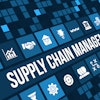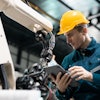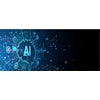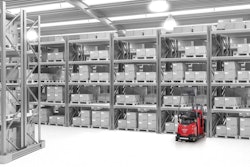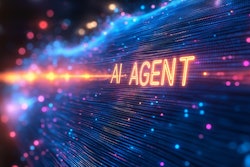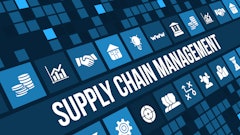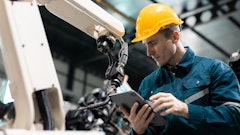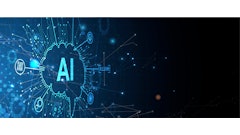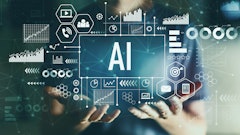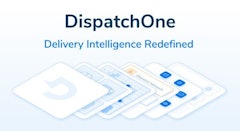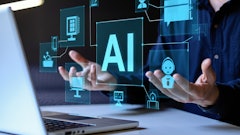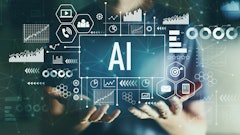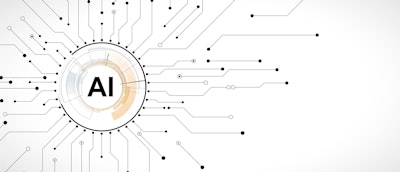
In the supply chain industry—where systems are old, integrations are messy, and efficiency rules—AI fluency is becoming the defining skill for next-gen engineers.
If you’ve worked in the supply chain industry, then you know that much of it still runs on legacy systems. From manufacturing to logistics, critical operations often depend on platforms designed decades ago and patched together many times since. These systems keep goods moving, but they also slow modernization. And in a world where global competition demands faster, leaner, and more resilient supply chains, that drag is becoming harder to ignore.
But in the last few years, generative artificial intelligence appeared and promised to be the solution to every problem. Some celebrated, others were skeptical, and much of the world panicked. What follows is how these tools are shaping software development.
AI as a productivity multiplier
Software engineers in supply chain already know the challenge: too much work, too many constraints, not enough time. Here is where AI tools are starting to shift that equation. There has been a lot of talk around that productivity gain, companies reporting that 97% of software engineers used AI coding tools at some point in their work, and that developers using other tools often complete tasks up to 55% faster than without it.
They can really speed up how you code, how you think because they can help you pinpoint and validate ideas, and so on. Where it once took hours to build a prototype, write documentation, or debug code, these tasks can now be accomplished in minutes—if the engineer knows how to guide the AI. Feeding the right context, framing the problem clearly, and validating results are quickly becoming as important as technical syntax.
AI as a partner, not a replacement
There’s a temptation to view AI as a threat to engineering jobs. But as I like to say, AI is less of a master and more of a very eager apprentice. Like any apprentice, it's enthusiastic about every task, quick to offer solutions, and willing to dive into the messiest codebases—but it still needs an experienced engineer to guide its work and catch its mistakes. Engineers must validate, refine, and adapt AI outputs. In complex supply chain environments, riddled with decades of patchwork code, blind trust in automation can be dangerous. But used wisely, AI becomes a partner: a second set of eyes that can validate ideas, generate alternatives, and accelerate progress.
This is the human-in-the-loop model at work. The most valuable workers in supply chain won’t be those who resist AI—they’ll be the ones who know how to guide it.
Legacy systems + AI = Opportunity (and risk) for supply chain
AI tools are great at extrapolation — they “guess” patterns based on prior examples. That works beautifully when the codebase is consistent. In legacy systems, though, consistency is exactly what you don’t have. Components built in the 1990s may sit alongside features updated last year, each reflecting a different set of business rules and developer mindsets. When AI encounters this, it can easily produce an output that looks correct on the surface but doesn’t actually align with how that part of the system was designed. In other words, the tool may generate “good code” that’s wrong for the business logic.
The lesson here is that AI can’t be used blindly in the supply chain industry. Its power is real, but it has to be paired with human judgment — the context and caution that comes from experience. What’s exciting is how this shifts the skill set required of the next generation of engineers. It’s not enough to just “know AI.” The real value comes from knowing where and how to apply it in the context of legacy systems.
That’s why AI is both opportunity and risk. It’s opportunity, because it opens doors to modernization that were previously locked behind decades of complexity. And it’s a risk, because misapplied AI could create more problems than it solves. The supply chain engineers who can bridge these two worlds — the old and the new — will be the ones most in demand.
Resistance from the top, hunger at the bottom
In many supply chain companies, there’s a generational divide when it comes to AI. Engineers on the ground are eager to experiment with AI, while executives hesitate. The concerns are real: AI tools are costly, and ROI is difficult to measure, and they are not entirely wrong: according to a recent MIT report, 95% of generative AI pilots at companies are failing.
So, the caution makes sense. But it also creates tension. Younger supply chain engineers are ready to explore and adopt, while leadership holds back, waiting for clearer proof of value. This dynamic isn’t entirely new.
In an industry where things evolve so quickly, that resistance comes at a cost. The engineers willing to experiment take risks, keep learning, and stay curious are the ones who ultimately succeed. When asked if AI will replace engineers: not the ones who know how to use it.
The real risk lies with those who refuse to adapt. Just as the wave of UI frameworks forced engineers to learn or be left behind, AI is now creating a new inflection point. Those who ignore it may soon find themselves replaced by colleagues who embraced it.
